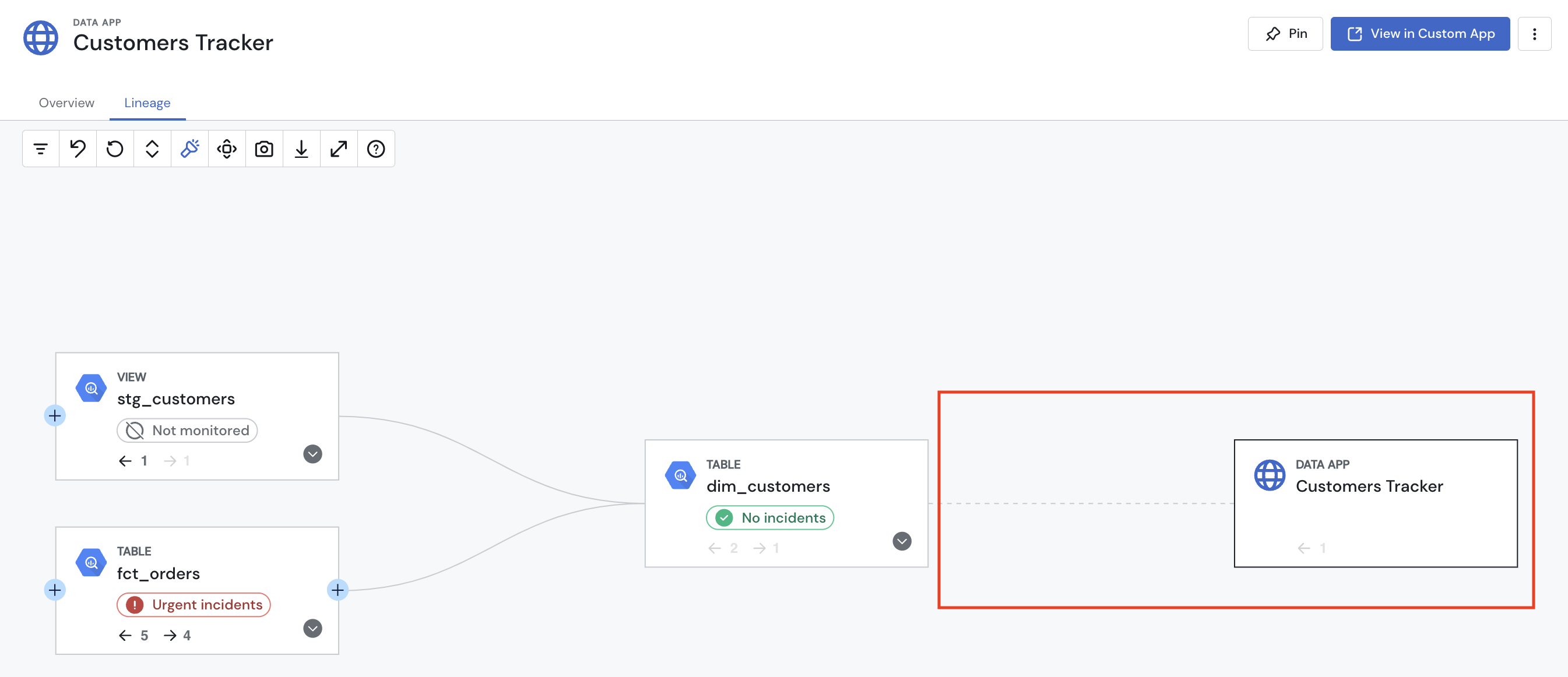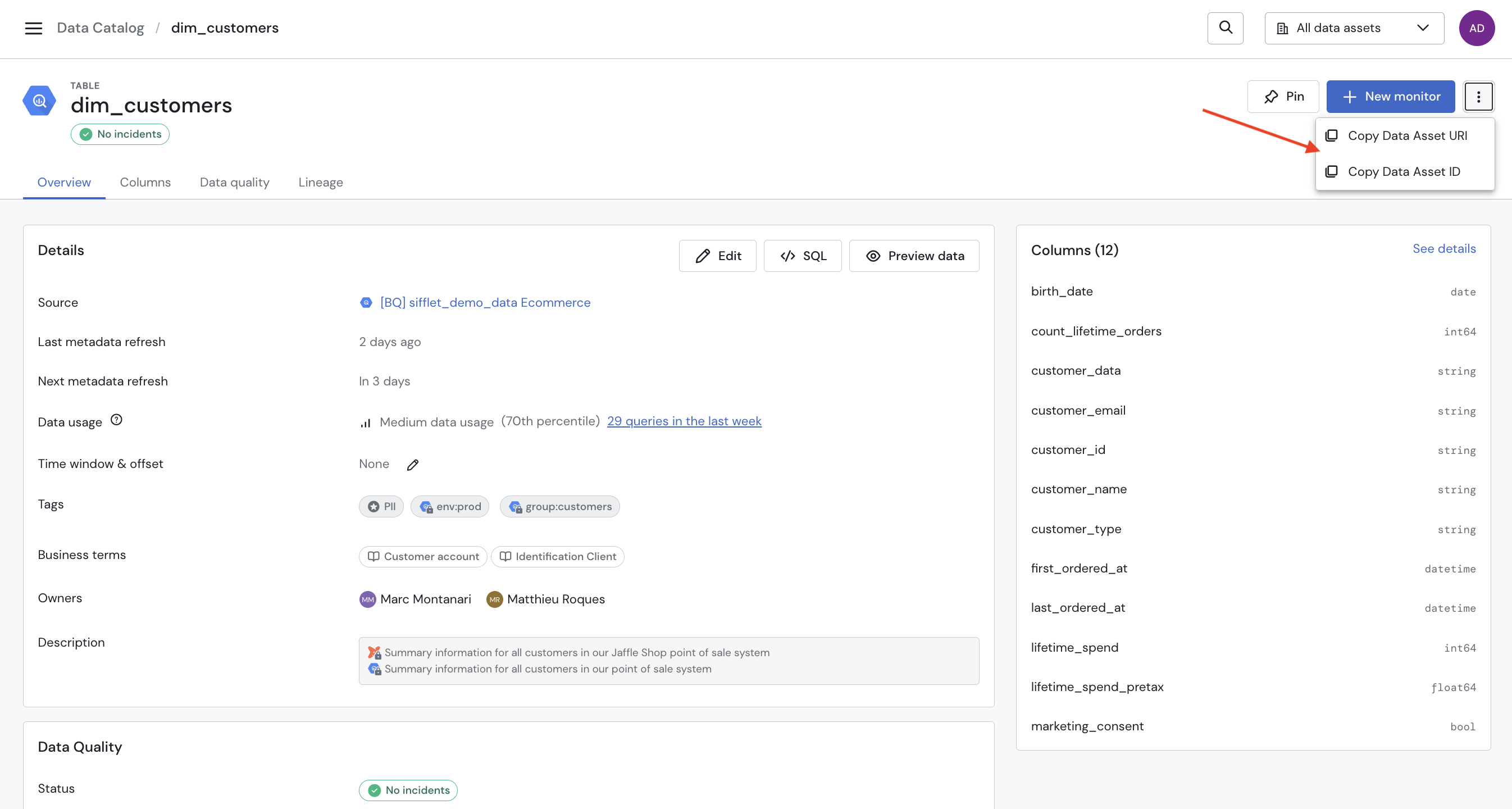Product Release 2024-06-17
✨ Feature Highlights
End-To-End Data Observability With Declarative Assets & Lineage
Sifflet already offers a large number of built-in integrations spanning your entire data pipelines’ stack. These integrations automatically collect metadata and lineage information and make it available in the Data Catalog.
However, there may be instances where you need to programmatically declare certain data pipeline assets. This is essential for achieving end-to-end data observability, especially for custom scripts, data applications, or assets from technologies not yet directly supported by Sifflet (e.g., Salesforce, SAP, Metabase, etc.).
The declarative framework now allows you to programmatically push any assets and lineage data to Sifflet. This enables you to document, govern, and visualize lineage across your entire data stack, regardless of asset type or technology. This new capability removes any limitations on the assets that can be integrated with Sifflet, paving the way for complete end-to-end data observability.

Read more about declarative assets and lineage
Changes on IDs and URIs for Cleaner Asset Pages
In the context of changes done for the declarative framework, you can now access assets' URI from the context menu located in the top right end corner of your asset pages.
Asset IDs that used to be in the Overview tab are now available in the same context menu, ensuring the asset page remains focused on the content that matters the most to users.
Finally, source IDs that also used to be in the Overview tab were entirely removed from asset pages and are now available on source pages.

Read more about asset pages
App version: v271
